Customer, Teams & Tech-driven Co-Evolution
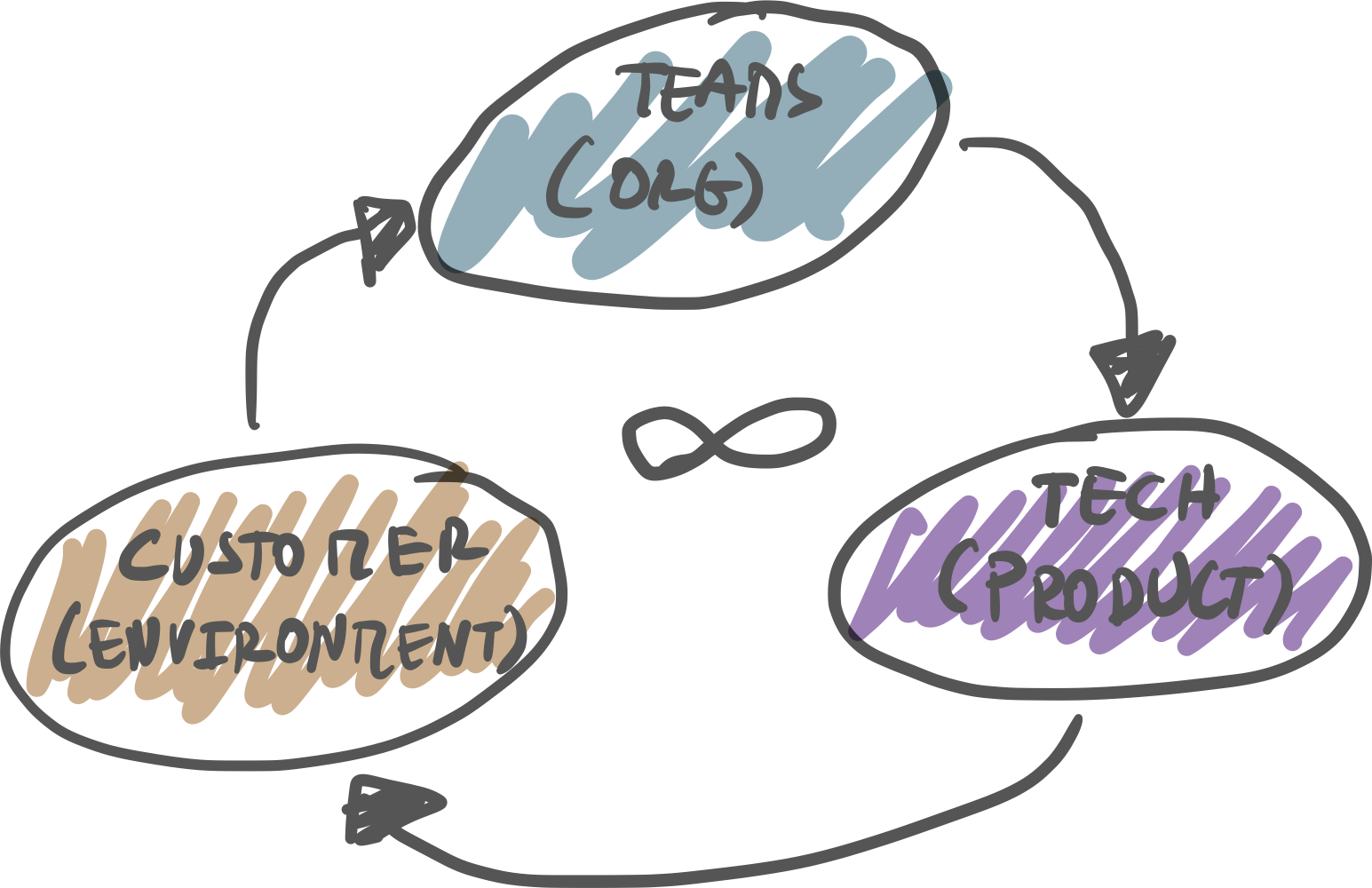 |
This page contains an overview of the services and resources I provide on the topic of Customer, Teams & Tech-driven Co-Evolution (or SocioTechnical Systems Evolution). For an overview of all other consulting services I provide check the main consulting page |
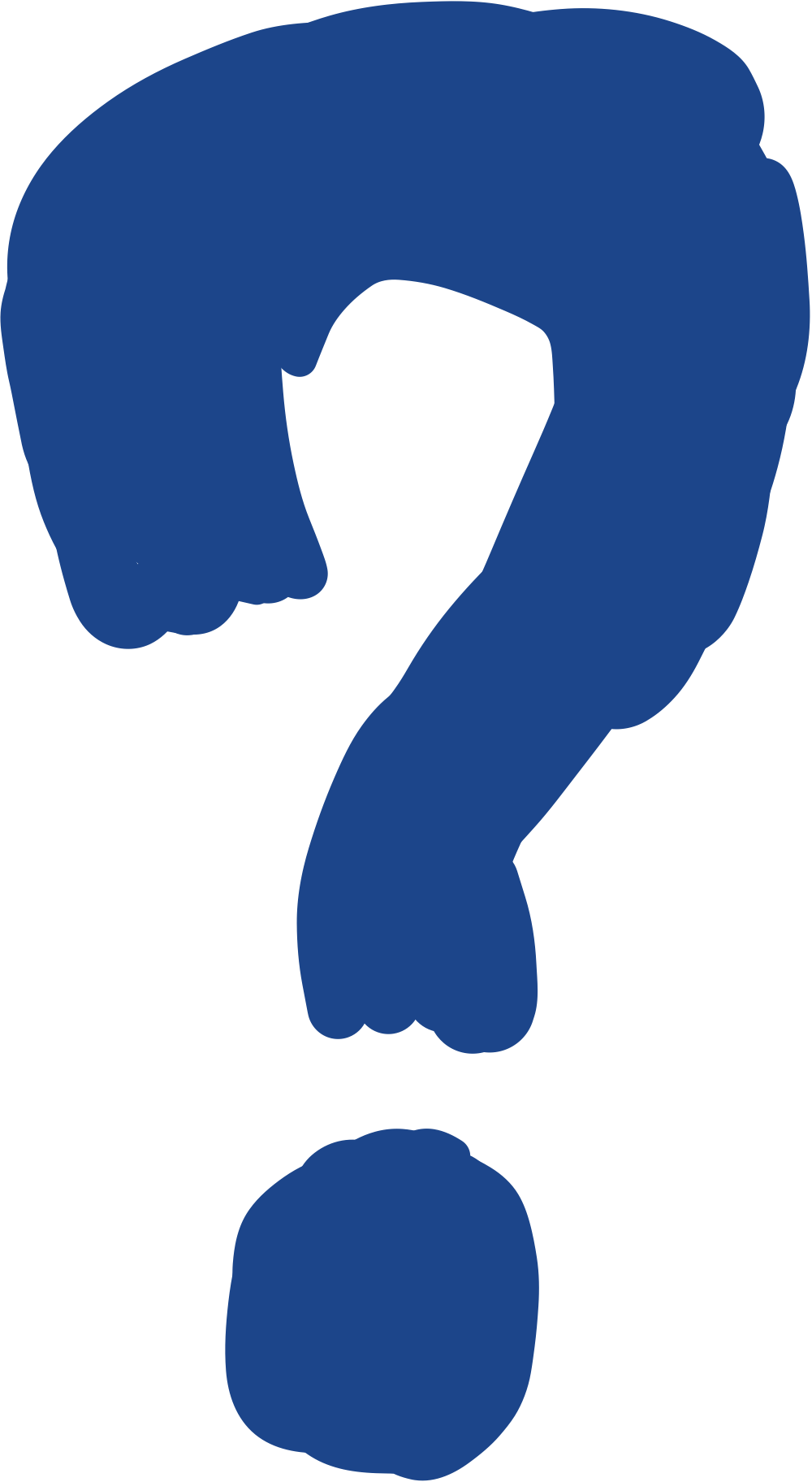 |
What is it? |
It is about the ability to evolve the social (teams and their topologies) and technical (elements that make the products) systems of the organization (and their boundaries) to enable continuous innovation and the ability to quickly react to customers and market demands/forces (a.k.a: "sustainable fast flow of change"). This requires nurturing enabling constraints and boundaries that allow teams to have better conditions to work, but also align and iterate at high velocity on the flows of change of the products delivered to customers.
I have been working on these topics for many years, developing different ideas, thinking models, and tools, especially in Product-oriented organizations. I have applied and experimented with many of these ideas in different situations (e.g.: while being Principal Tech Lead working on scaling bol.com tech & teams - largest online retailer of the Netherlands and Belgium). I frequently write articles and give talks on these topics.
More details on my core thinking models...
Modern tech-enabled organizations are complex systems where tech plays a central role to build and deliver the products that satisfy customers needs (or react to market changes). This means: we need to embrace tech is a central and crucial element on our organizations, and stop treating it as a "cost centre". However, it is key to embrace that the technical systems are just one of the key elements and dimensions on the organization's "sociotechnical system". The same goes for other dimensions, such as "product". As such, we cannot look at these key dimensions in isolation if we want to achieve a "sustainable evolution" and create the ability of continuously innovate and react to the customer needs and environment changes.
To cope with this, I use a three-dimensional thinking model to enable sustainable evolution. Considering:
- Core Systems at play: "What" (customer & market/environment demands/forces exist); "Who" (organization and teams enabled to understand customer & market demands, and build & evolve the actual tech-enabled product) and "How" (the tech-enabled product that is built to react to those demands and accomplish the business goals).
- Continuous Evolution: the sociotechnical system is always changing. Some changes may require a certain action/change. Those changes should be made from an holistic understanding, i.e.: understand how Customer-Teams-Tech systems are and generate hypothesis of evolution from that perspective (instead of a "local change", which ignores state and implications on the related systems - e.g.: change technical architecture and ignore the team setup).
- Scopes of thinking: organizations (especially larger organizations) will have different scopes of activities, which exist to enable scaling the organization. For example, teams, products, product groups, etc. These are introduced to scale and enable people to effectively iterate on their scope of work. However, it is key to embrace that we still need to have alignment on what is the purpose of the organization and its strategic goals, and how to make sure that propagates to all the scopes of the organization (and is informed and shaped by the learnings of those very same scopes). So, we want to enable autonomy, but still find ways to set "enabling constraints", ones that allow teams to have a clear purpose to align on. This should help all of the teams to continuously work on improving the organization and its products in the environment they operate (considering all the things that will affect them - customers, competitors, technological changes, etc.).
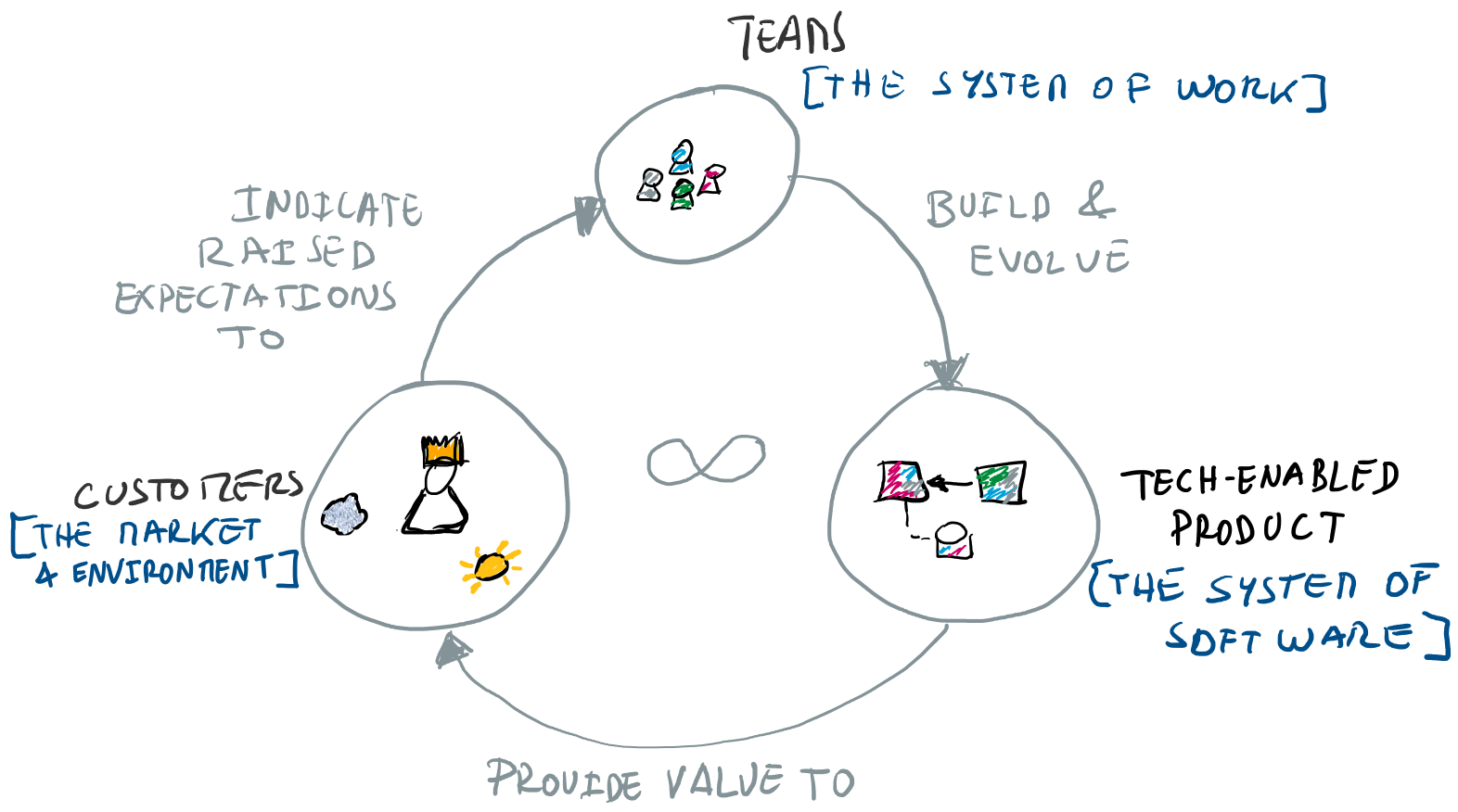
Bottom line: it is about taking an holistic co-design and evolution approach to technical and organizational systems, given the inherent impact they have on each other on satisfying the customer needs and business goals. To me this - more holistic, less functional silos oriented approach - is the next level of org design, which should enable us to better build and evolve tech-enabled products and organizations. It foster stop working in partial optimizations (and silos) and strive to building and evolving the teams (all disciplines needed, not just tech disciplines) and technical architectures of the products they build with an aligned understanding (of customer needs and business goals).
Important: this is a continuous activity, i.e.: we need to develop operating models that embrace and thrive for that, i.e.: this is not a project that finishes after one year. Furthermore, this is not meant as "big up-front holistic design", but on creating feedback loop mechanisms for capturing holistic understanding and enable that to empower small, effective and autonomous product teams.
For more details on my work check my Sociotechnical Systems Evolution & Architecture page and my talks page, as I regularly write and talk on this subject.
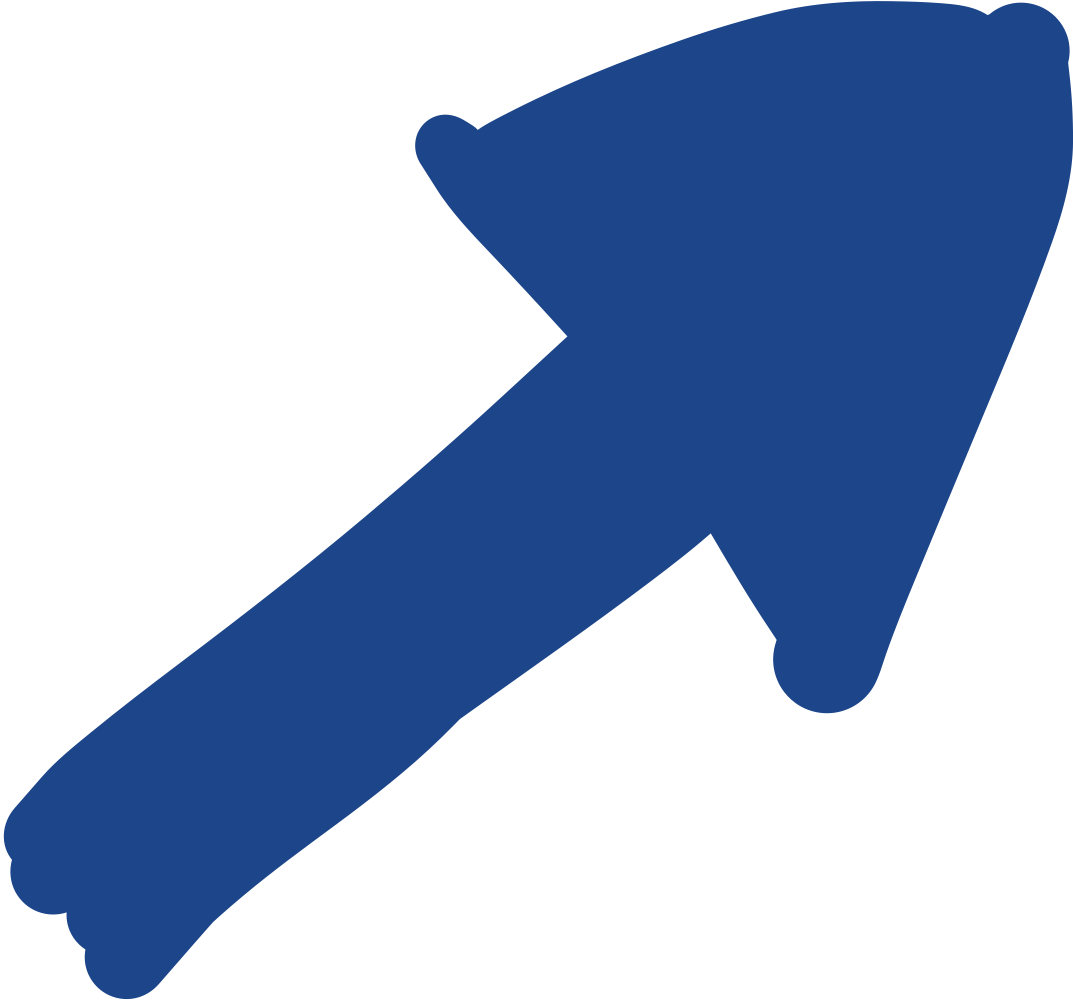 |
Service I provide |
I can help with different topics:
- Team Topologies Training & Consulting - help you get started with Team Topologies and related topics, to address how to set (and continuously evolve) your organization for a "fast flow of change". I am one of the few Team Topologies Valued Practitioners (TTVP), which means I work closely with Team Topologies authors and understand the topic and key resources of Team Topologies in depth. I can also provide any of the official workshops & trainings provided by Team Topologies.
More details (specific topics, resources & experiences)...
Specific Topics I can help on:- Introducing Teams Topologies - help get started with Team Topologies ideas and how it can help addressing key elements of org design and evolution (putting teams at the centre of the design).
- Introducing Enabling Teams in the Organization - help introducing healthy enabling teams in the organization, to avoid the traps and anti-patterns of having "super supporting teams" doing the "difficult things" and not actually enabling the teams to improve. Also apply these ideas to transform how you position Tech Leads, Architects and other Tech Leadership functions into "Enabling Tech Leadership" functions (i.e.: ones that focus on enabling teams on doing better and be able to take decisions, instead of being the ones "deciding for the teams").
- Establish Platform Teams & Platform as Product Thinking - help introduce platform teams that treat platform as a product in the organization. May also mean "evolving" current platform, as most organizations already have platforms - however, they tend to not always be set up and treating platform as a product, nor aiming at supporting product teams to be more effective.
- Assessing and evolving Org Team Topologies - help identifying "blockers of flow of change" and possible ways of evolving teams topologies into being more oriented to support "fast flow".
- ...other Team Topologies related topics
- Podcast: Team Topologies "a DSL for org design and evolution" - I discuss basic elements of Team Topologies and examples at bol.com
- My Team Topologies book review - my review of the book and also positioning on how relevant this book is to advance how we approach the evolution of the sociotechnical systems of tech-enabled organizations.
- Strategic Tech-enabled Org Design and Evolution - help assess the current situation, design the first steps of evolution and also establish thinking models that enable continuous evolution (instead of a “one-off transformation" mindset).
More details (specific topics, resources & experiences)...
Specific Topics I can help on:- Assessing & Understanding situation - help understanding current challenges on your organizations sociotechnical systems and start shaping possible strategies to start taking steps to evolve.
- Consulting and Advising Leadership - help technical leaders to start looking at possible steps of evolution. Also, coaching through "change management" phases, where I can help with outside perspective on navigating change.
- ...other related topics
- Architect(ure) as Enabler of Organization Flow - help organizations to reposition their approach to architecture (and possibly architect function) as an enabler for the organization's flow of change. Rethinking architecture and architect's (and other technical leadership functions) as enablers (as Team Topologies "Enabling Teams") is key to support a faster, closer to the problem and more decentralized decision making. This empowers teams to better own their scope of work and be happier and healthier, as opposed to models that focus on "controlling and micromanaging".
More details (specific topics, resources & experiences)...
Specific Topics I can help on:- Position Architecture as Enabling Function - help organizations to position and approach architecture as an enabling activity that helps improving and evolving the organization system, as opposed of one that "controls it".
- Coaching Architects (and other Tech Leadership functions) and Teams on Architecture as Enabler of Organization flow - coach architects and teams in the mindset and approach to architecture that fosters architecture as an enabler of organization flow.
- ...other related topics
- Architecture Topologies and Architecture as Enabling Team
- Experience kickstarting and leading bol.com (biggest online retailer platform of The Netherlands and Belgium) "Tech Leads Network", a structural enabling team focusing on sensing and evolving/scaling technical developments and knowledge in the organization.
- Product Thinking in Tech-enabled Orgs - help develop a product thinking mindset in tech-enabled organizations. In particular, enable product and tech disciplines to work more effectively together and stop working as functional silos.
More details (specific topics, resources & experiences)...
Specific Topics I can help on:- Product & Tech teams - help organization to embrace that product and tech should work more closely together to discover what makes sense to build and improve their product.
- ...other related topics
- ProdTech Teams
- SocioTechnical Thinking as Enabler of Product Thinking
- Experience helping bol.com (biggest online retailer platform of The Netherlands and Belgium) transition into a model without product and tech silos, and where product and tech co-evolve and build the organizations products continuously.
I can help you with (among other things):
- Inspiring talks and discussions with you and your teams to help kickstart things;
- Deep-dive workshops to understand and assess the current situation, and define strategies to move forward;
- Longer-term consulting and coaching to help you and your teams to adopt and engrain these thinking models and a more sustainable evolution in your tech-enabled organization. I can coach and be part of an "enabling team" that helps your organization to "skill up" on these thinking models and introduce these to your org operating model.
- ⭐️ check products page for more details on offerings.
The best way forward will depend on your organization and what makes sense given its situation. Feel free to contact me so we can explore that.
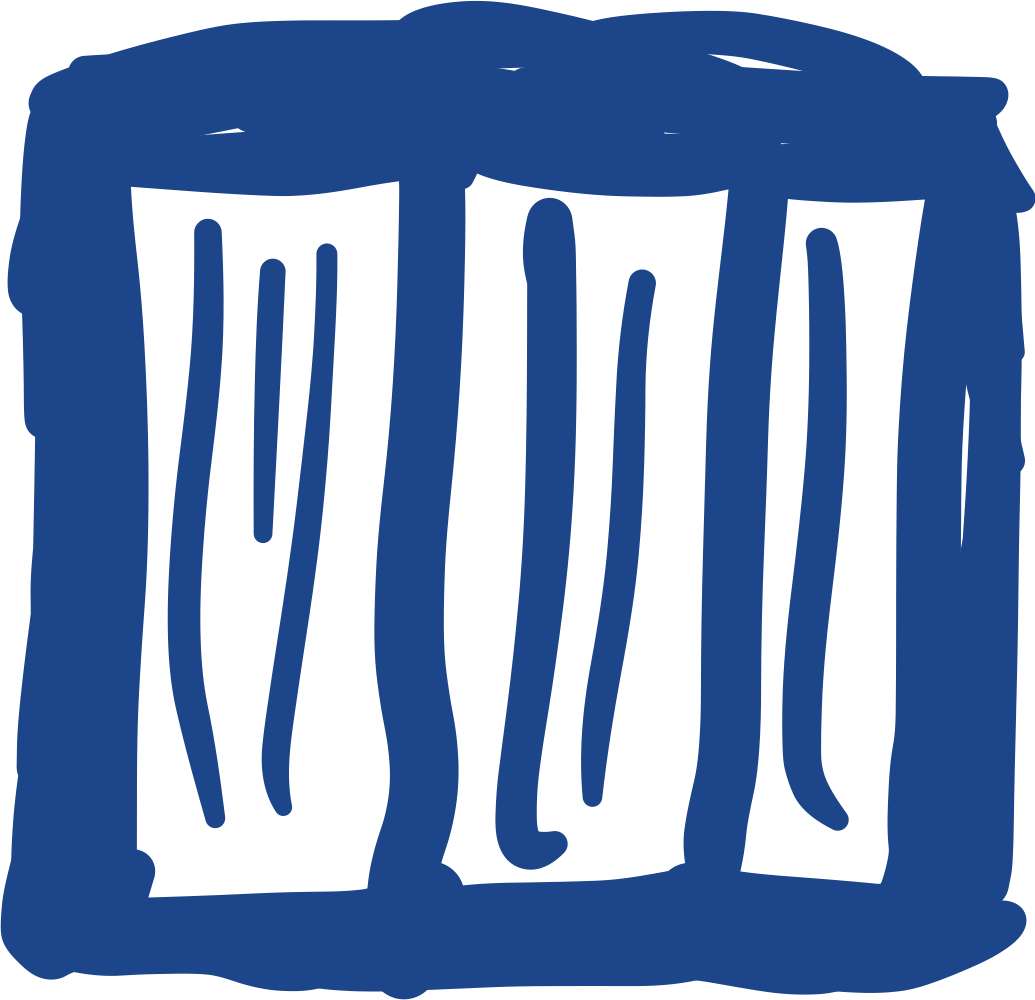 |
Reference Resources |
In the following, you can find some reference materials I have created on this topic.
- Sociotechnical Systems Evolution & Architecture - page with all my resources on this topic, including my articles, talks, and podcasts on this topic.
- Interesting references & my analysis - my research on interesting articles and resources on the topic of sociotechnical systems evolution and architecture.
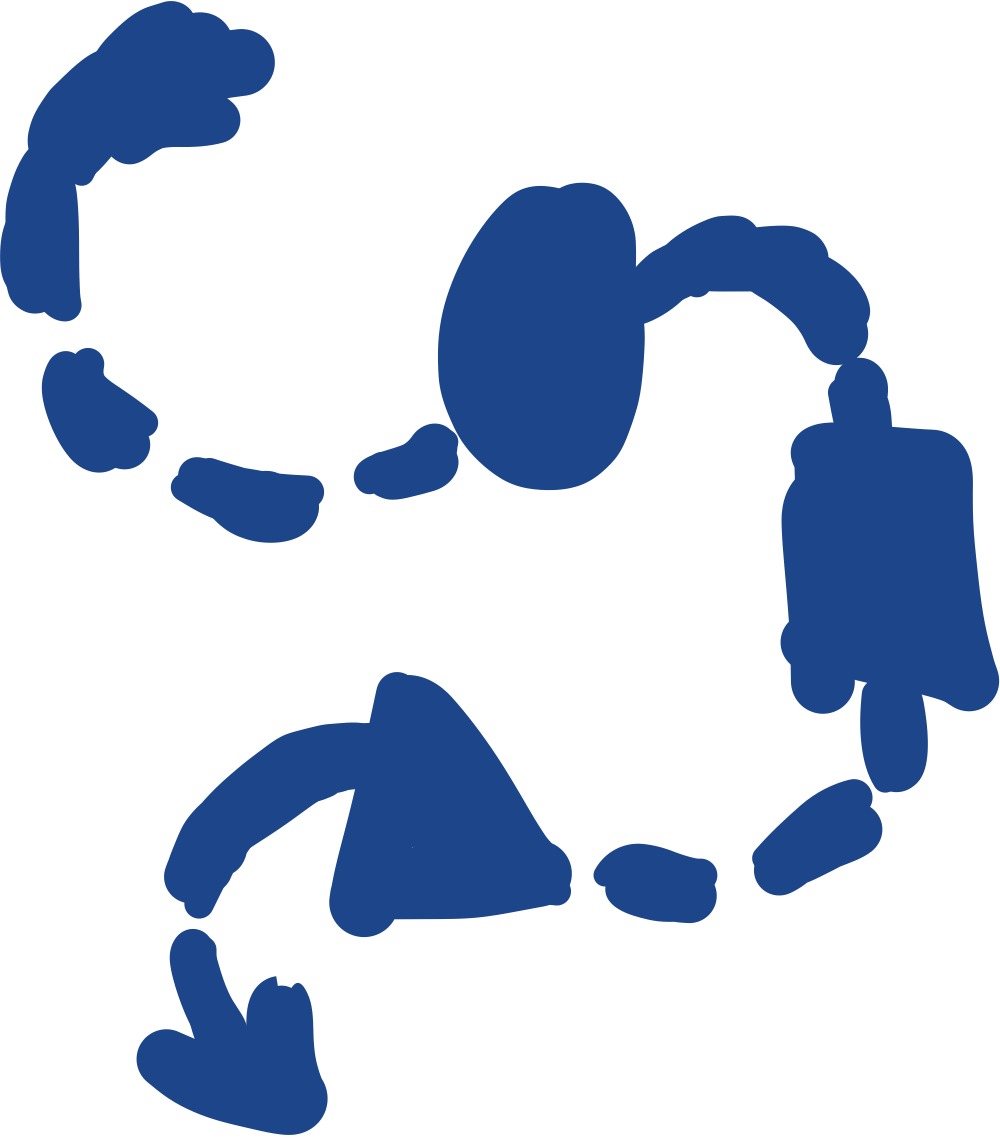 |
Experience |
Some relevant experiences in this area:
- bol.com introduction of Tech Leads Network: Led the introduction of the Product Tech Lead function in the organization (a function that leads technical vision and health across the different teams in a product). This is a key role to enable scaling a sustainable evolution of products, namely: catering to the "technical" perspective of the product, and being able to discuss and align it with the "product" and "team" perspectives, as they continuous influence each other, and as such it is key to have a clear continuous understanding and alignment.
- bol.com product-led organization evolution: Played a key role in shaping the sociotechnical evolution (teams and product boundaries) of bol.com from "empowered" teams owning microservices, into a model where there are clearer "product" scopes, formed by multiple microservices and teams. Goal: enable scaling of the organization and ability to support its customers, by having clearer and more aligned scopes ("products"), which tend to be owned by multiple teams working on related value streams to customers. This also led to the creation of several organizational transformations, such as stronger Platform Teams and different Enabling Teams (focused on enabling product teams).
- bol.com scaling data science (from department to discipline): Tech Lead working with a group of people that lead the introduction of Data Science as a "discipline" that different products can use (on their cross-functional teams). This was a sociotechnical evolution, from a classic "central Data Science" department, which would not scale and align with the organization's operating model and ambitions (of empowered teams, owning clear streams of value to customers). You can find more about this evolution in this talk.
📥 Contacts
- Email: eduardo@esilva.net
- Free 30 minutes check-in: book 30 minutes to check possible ways of collaboration
- Twitter: @emgsilva (you can Direct Message (DM) me on Twitter)
- LinkedIn: https://www.linkedin.com/in/emgsilva